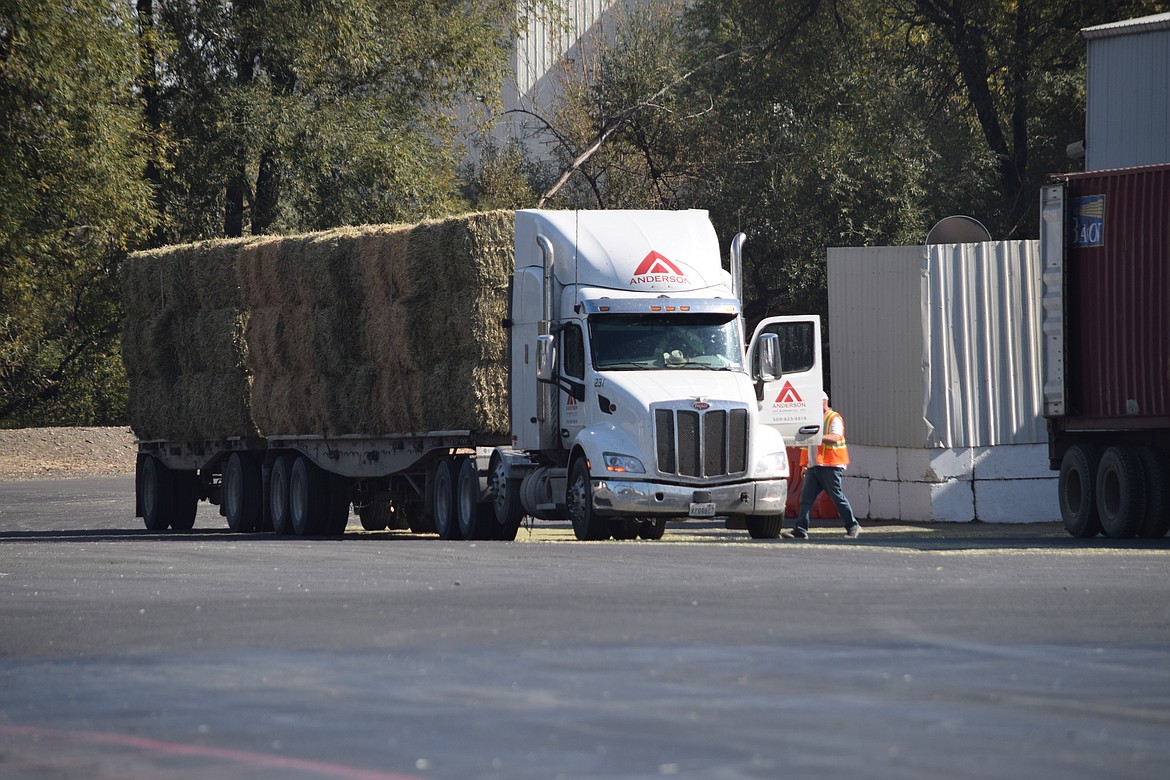Hay exports face pandemic recovery
ELLENSBURG — Agriculture exports for the state of Washington are in flux with some crops declining and others, such as apples and hay have climbed the value ladder.
Become a Subscriber!
You have read all of your free articles this month. Select a plan below to start your subscription today.
Already a subscriber? Login





